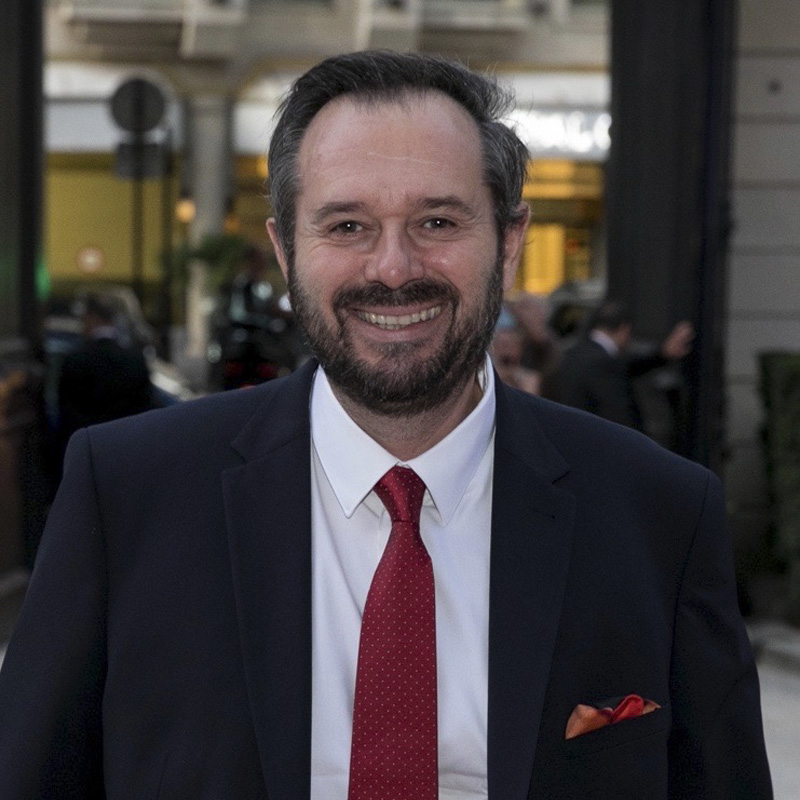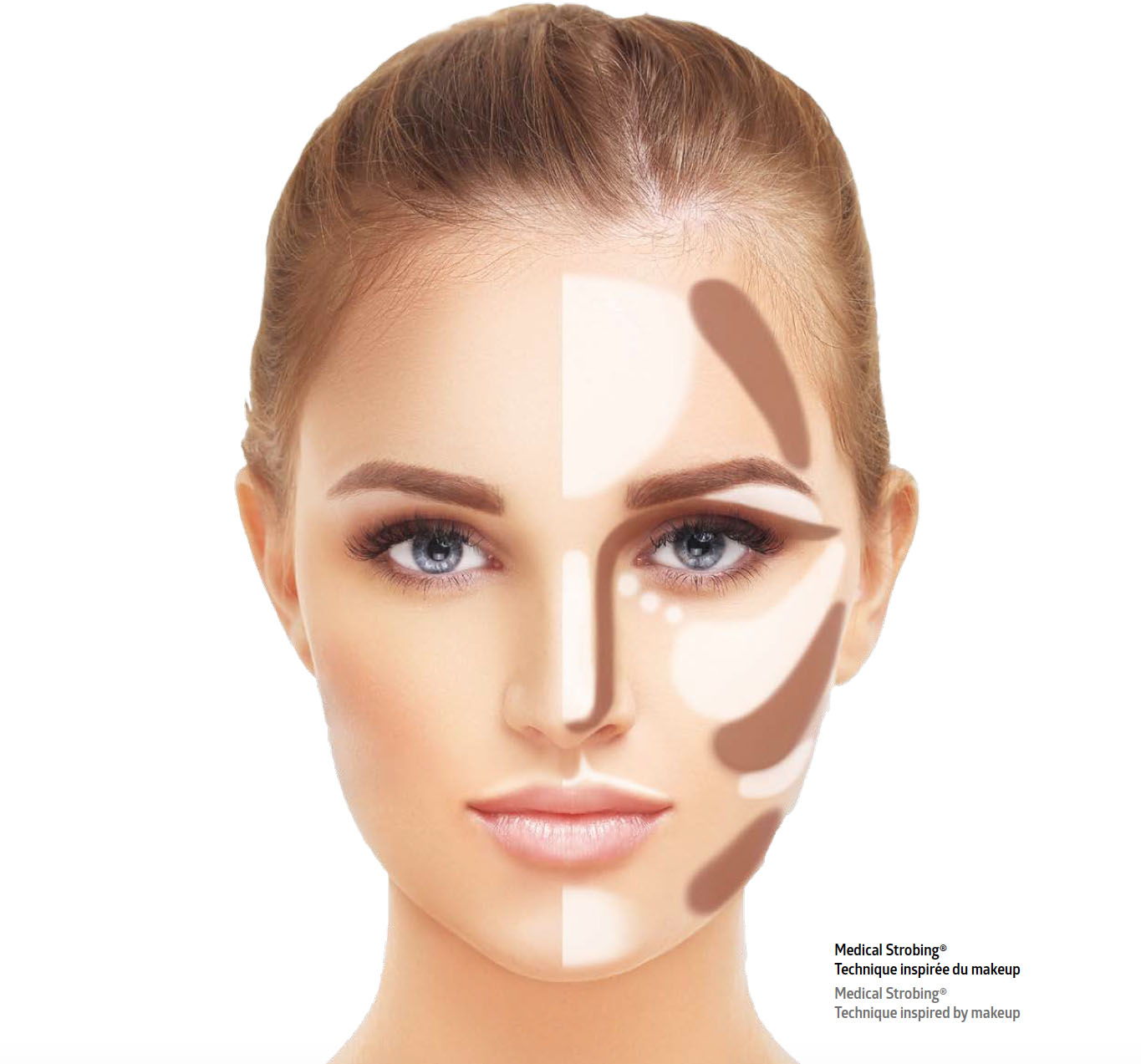By Dr Hugues Cartier
In the near future, hyaluronic acid could have a new role to play. Interview with Dr Hugues Cartier*
Might hyaluronic acid have a role to play in implants in the near future?
Dr Hugues Cartier : Actually, it already does, as a biostimulant. We can already remove tissues that have collapsed because hyaluronic acid not only stimulates the dermis but also the adipocytes. But in the near future, we will have access to products with a very high rheology which, thanks to their plasticity and elasticity, will be able to move with the muscle structure on the bony support and then reclaim their original position. They will recreate any volumes lost due to age, with products that do not migrate or move over time. Imagine hyaluronic acids for the cheekbones that follow the face’s movements but are also capable of bouncing back into position when the face is at rest: almost an elastic product, a kind of mobile implant.
 These products have one major benefit: we can make them disappear if we want to, namely using hyaluronidase. Did you know that, in the United States, there are now doctors who specialise in “deflating” patients with hypertrophy?
These products have one major benefit: we can make them disappear if we want to, namely using hyaluronidase. Did you know that, in the United States, there are now doctors who specialise in “deflating” patients with hypertrophy?
Does this demand for more volume mainly come from Millennials?
Dr Hugues Cartier: Yes, today we are coming face to face with generations X, Y and even Z. These products are not only for one particular type of patient, and they can be useful for correcting facial asymmetry, which can appear at a very young age. However, it is important to pay attention to the long term effects and not to inject too young, as you run the risk of making the skin look a bit “plastic” since, though hyaluronic acid fades away over time, it stimulates collagen via the fibroblasts. The skin of patients who have been injected with a very high rheology 20 years previously sometimes has a silicone-looking appearance, which had been phased out. These repercussions need watching closely or stopping. We have to choose between very hydrating products or very plumping products, depending on the patient’s age.
Does it herald the return of products like Macrolane?
Dr Hugues Cartier: Maybe, but in a slightly different form. We have made a lot of progress in terms of rheology over the last 10 years, and that’s what is so interesting.
What other innovations are in the pipeline?
Dr Hugues Cartier: There are plenty. Let’s use ultrasound as our first example. Today, there are some very sophisticated devices that help us in terms of safety, to make sure there are no cysts, latent infections or products that have already been injected in depth (you’d be surprised to hear that some hyaluronic acids last much longer than expected, so much so that patients forget they’d ever had the injections), which are not always easy to see, check there is no swelling, etc. In less than 5 minutes, you can locate the arteries and find out how deep the vessels are, if there is a difference in volume between the left and right hand side of the face… We can even assess the right volume of filler to inject.
Reviving products that are already inside us!
Our second example might be PRP, stem cells or even peptides, which are starting to appear on the market. In fact, the aim here is to awaken products that were already inside us but which our bodies have “forgotten about”. Make sure you have the right receptors, as in some patients the results will be visible but in others it won’t work.We are in the very early stages of products that awaken a dormant body. Here, we are not looking to add volume but rather to stimulate the body.
 Dr Hugues Cartier : Doctor of Dermatology and Venerology, Former Registrar at the Universities, Practitioner at Saint-Jean Medical Centre in Arras hospital. Part-time lecturer for healing issues at Lille University Hospital and Course Coordinator for lasers at Paris-Poitiers Universities.
Dr Hugues Cartier : Doctor of Dermatology and Venerology, Former Registrar at the Universities, Practitioner at Saint-Jean Medical Centre in Arras hospital. Part-time lecturer for healing issues at Lille University Hospital and Course Coordinator for lasers at Paris-Poitiers Universities.
More info : cartier-dermatologie.fr
*Interview during IMCAS Paris, 2020












